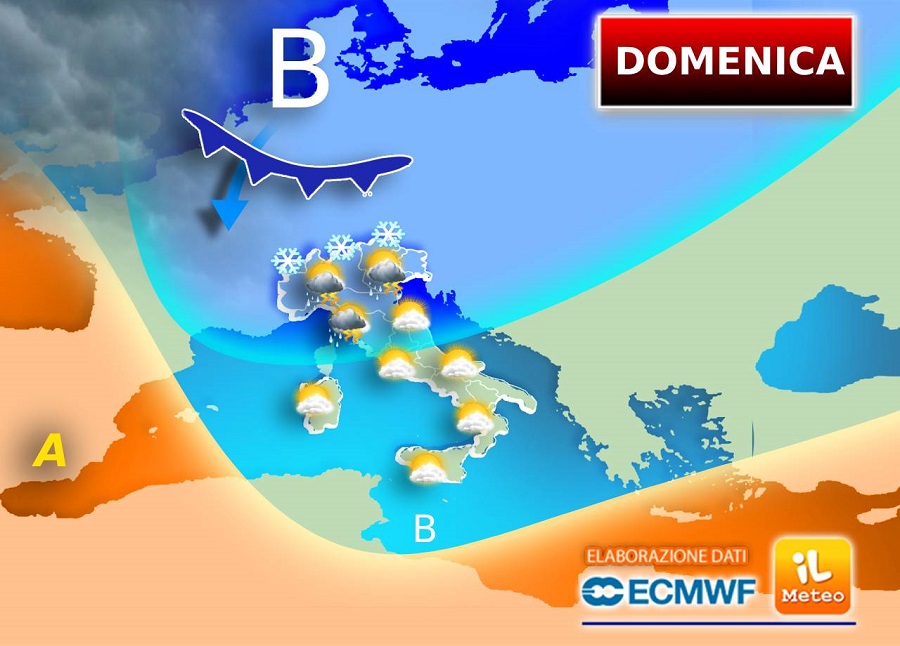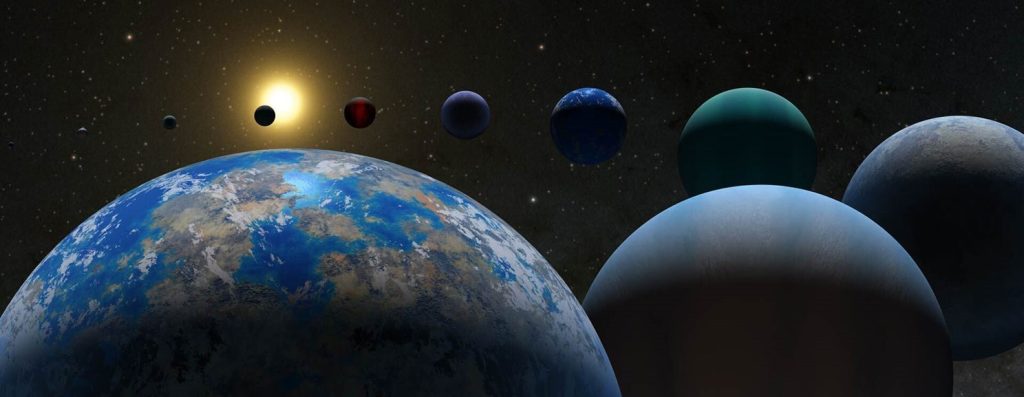There was a time when we knew for sure which planets were part of our solar system, then over the past three decades, technological advances have allowed us to build more accurate telescopes and use incredibly accurate methods of determination, also at distances. For several light years. We rely on spectrophotometry, transit method, and other analytical techniques to understand the composition, existence, and dimensions of these cosmic bodies, and among the many specifics, rocky exoplanetsthat is, those that are most similar to planet Earth.
Recently, on the twenty-first of March to be exact, The exoplanet counter has reached and exceeded 5000. The goal was achieved thanks to the discovery of a new group of 65 celestial bodies, and NASA I decided to celebrate it by dedicating a video to this event.
The goal is very important and not just a numerical question, in fact we know that this number is only a small part of reality and Our galaxy alone could contain hundreds of billions of exoplanets. Some may be very similar to Earth, others are gaseous like giant Jupiter, and also the types of parent stars change. One of the greatest achievements came in 1992, when it was identified The first three planets around a neutron starwhich is a sign that similar celestial bodies can exist almost anywhere in the universe.
The research continued in the coming years, and a big boost came in 2018 with sending TESS (Transient Exoplanet Survey Satellite) into orbit, thanks to which In the first two years of activity alone, more than 2,200 orbs of this type were discovered. Even a very modern space telescope James Webb It will be able to enrich the list and not only that, but more accurate spectroscopic measurements are expected to provide a picture of the atmosphere composition of exoplanets, thus identifying those with the greatest probability of being habitable.
Then there are future projects, such as the Romanian Nancy Grace space telescope, scheduled to launch in 2027 and which will rely on several identification methods to expand the list of known exoplanets. Two years later, the European Space Agency (ESA) ARIEL mission will appear, which, thanks to a technology developed by NASA called CASE, will be able to better study the composition of the atmospheres of distant worlds. More and more scientists and researchers believe that the discovery of planets capable of hosting extraterrestrial life forms is now only a matter of time.
While you wait for that to happen, we leave you with a romantic animation created by associating musical notes with the exoplanets discovered in the past three decades, beginning with the first identified in 1992. The circles you’ll see light up around the planets show the location and size of the planet. ‘orbit, while distinguishing it by its color depending on the detection method used. Finally, lower notes indicate longer orbits, while higher notes indicate shorter orbits.

“Internet trailblazer. Travelaholic. Passionate social media evangelist. Tv advocate.”






More Stories
The number of pieces in this LEGO NASA set seems to be concentrated in one area
Slovenia signed the Artemis Accords
A strong geomagnetic storm was reported in Europe, as well as in Italy